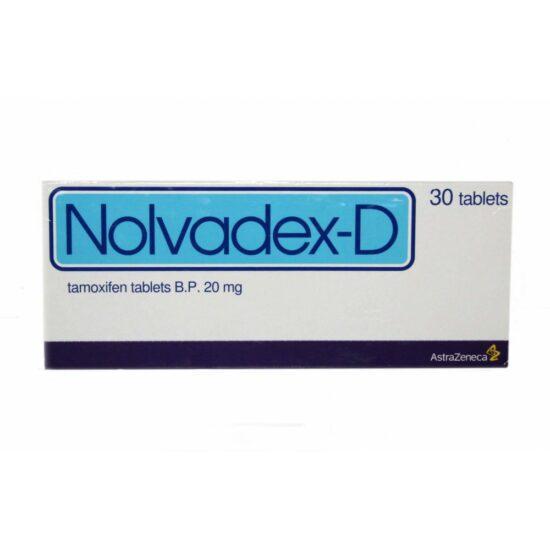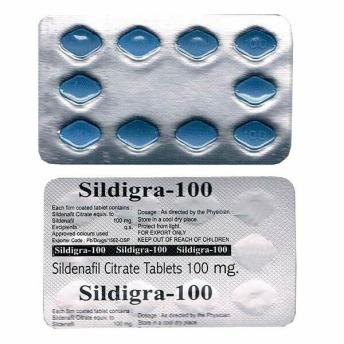Doxycycline: A Comprehensive Product Description
1. Introduction
Doxycycline is a widely recognized member of the tetracycline class of antibiotics. It is a broad-spectrum antibiotic, which means it is effective against a wide variety of bacteria. Doxycycline was first patented in 1957 and came into commercial use in 1967. Over the years, it has been prescribed for various bacterial infections, as well as some non-infectious conditions like rosacea and blepharitis.
2. Chemical Properties
Doxycycline possesses a chemical structure similar to other drugs in the tetracycline class. Its molecular formula is C22H24N2O8. With a molar mass of 444.43 g/mol, this compound appears as a yellow crystalline powder that’s only slightly soluble in water but exhibits higher solubility in methanol and ethanol. It has a half-life ranging from 16 to 22 hours, allowing for once or twice daily dosing in most therapeutic applications.
3. Mechanism of Action
Like other tetracyclines, Doxycycline operates by inhibiting bacterial protein synthesis. This is achieved by preventing the attachment of charged aminoacyl-tRNA to the A site of the ribosome. Through this mechanism, doxycycline impedes the addition of new amino acids to the growing peptide chain, thereby stopping bacterial growth but not directly killing them—making it bacteriostatic in nature.
4. Pharmacokinetics
Upon oral administration, Doxycycline is absorbed mostly in the upper part of the small intestine. It exhibits an absorption of approximately 90-100% in fasting conditions. Absorption can be affected by food or milk, but this impact is less profound compared to other tetracyclines.
Following absorption, it extensively binds to plasma proteins. The drug is metabolized in the liver but to a lesser extent than other tetracyclines. About 40% of the administered drug is excreted in the urine, while a significant portion is also excreted in the feces through the bile.
5. Indications
Doxycycline has been approved for and shown efficacy in the treatment of various conditions:
- Bacterial infections: Including pneumonia and other respiratory tract infections; Lyme disease; acne; infections of skin, genital, and urinary systems; and anthrax (following exposure).
- Non-infectious conditions: Such as rosacea, blepharitis, and prevention of malaria.
Given its broad spectrum of activity, Doxycycline is effective against Gram-positive and Gram-negative bacteria. It also exhibits activity against certain protozoal infections, such as malaria.
6. Contraindications
Doxycycline is contraindicated in:
- Individuals with known hypersensitivity to doxycycline or other tetracyclines.
- Pregnant women, especially during the latter half of pregnancy.
- Children below the age of 8, due to the risk of permanent tooth discoloration.
7. Side Effects
Like all medications, Doxycycline has potential side effects. Commonly reported ones include:
- Gastrointestinal disturbances like nausea, vomiting, and diarrhea.
- Photosensitivity, leading to increased risk of sunburn.
- Tooth discoloration in children.
- Candidal vaginitis in women.
Severe side effects, though rare, include:
- Hepatotoxicity.
- Pseudotumor cerebri.
- Severe skin reactions like Stevens-Johnson syndrome.
8. Drug Interactions
Doxycycline may interact with other medications:
- Antacids and Iron supplements: These can bind to doxycycline, reducing its absorption.
- Warfarin: Concurrent use can raise the anticoagulant effect, increasing bleeding risks.
- Penicillin: Concurrent use with doxycycline may reduce the bactericidal action of penicillin.
9. Special Considerations
- Photosensitivity: Patients should be advised to avoid direct sunlight or use protective measures when outdoors.
- Esophageal erosion: Taking the medication with plenty of water and not lying down immediately after consumption can reduce this risk.
- Long-term use: Can result in bacterial or fungal overgrowth in the body.
10. Environmental Impact
Antibiotic residues, including those of doxycycline, in the environment can contribute to antibiotic resistance—a global health concern. Proper disposal methods and not flushing unused medicine can help mitigate environmental contamination.
11. Dosage Forms
Doxycycline is available in various formulations:
- Capsules (regular and extended-release)
- Tablets (regular and extended-release)
- Syrup
- Powder for suspension
- Injectable forms
12. Conclusion
Doxycycline remains a crucial antibiotic in modern medicine, boasting a wide range of applications in both infectious and non-infectious conditions. Like all drugs, it should be used judiciously, with a keen understanding of its pharmacology, indications, and potential side effects. Proper patient education can optimize therapeutic outcomes while minimizing adverse effects.
This document provides a comprehensive overview of Doxycycline but is not exhaustive. Always refer to approved prescribing information and consult healthcare professionals before making therapeutic decisions.






Reviews
There are no reviews yet.